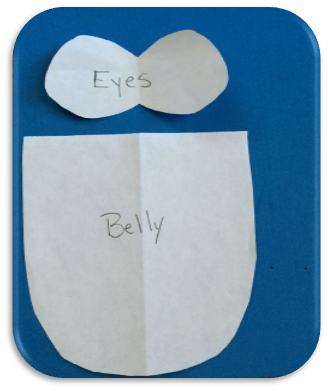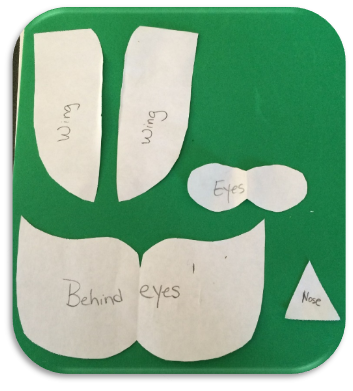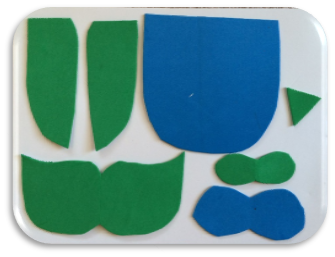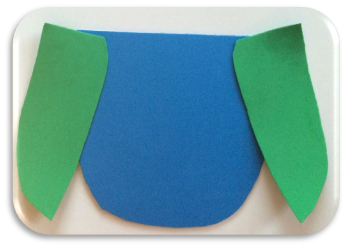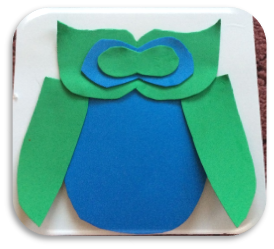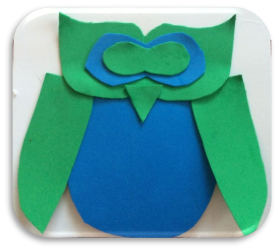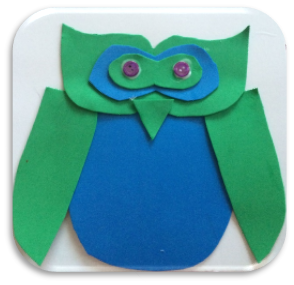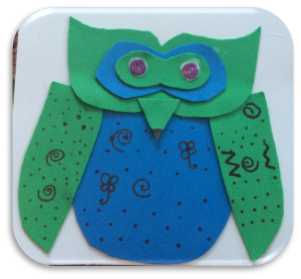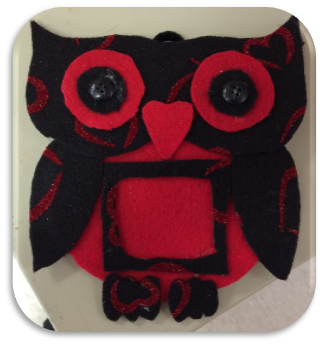Selecting the best assessment in order to gain the information we seek about a client’s functioning is vital for the occupational therapist, the client, and the team. It’s a jumping off point that helps us design a treatment plan that is meaningful and helps the client achieve goals. On Saturday, February 28th, Therapro’s President, Karen Conrad Weihrauch, PhD, OTR/L, tackled the task of examining 14 standardized visual motor and visual perception assessments as part of the Saturday Seminar Series.
Having the opportunity hear a comparison of the assessments, discuss them, and provide personal experience with administration of the assessments helped therapists and educators identify tests that they might like to use in their work settings. In addition, being able to actually examine and manipulate the tools was a valuable experience not typically available to us.
Karen provided a succinct description of each test, including ages for which the test was designed, time required to administer, and interpretation information. Included were new editions of old standards such as the Beery VMI, DTVP-3, and DTVP-A. She presented tests that include useful or unique features. For example, the Spatial Awareness Skills Program (SASP) includes a curriculum manual, the Wide Range Assessment of Visual Motor Abilities (WRAVMA) is the only test available that includes a pegboard for testing dexterity, and the Preschool Visual Motor Integration Assessment (PVMIA) includes two Behavioral Observation Checklists in addition to the two subtests. The PVMIA is unique because its authors are OTs.
Attendees shared their comments regarding this valuable seminar:
“A great review of all available v.p. tests that should be shown to all school system OTs so that they can choose what they want to use.” Beth H.
“As an outpt therapist, I have very limited access to updated assessments. This seminar was very helpful with regard to: easy, wide-range tests that I could use for children and adults in a non-academic setting.” Joanne T.
“Good overview of potential VP/VM tests including quite a few I had never heard of.” Lynne H.
Thank you, Karen!
Filomena Connor, MS, OTR/L
February 28, 2015

